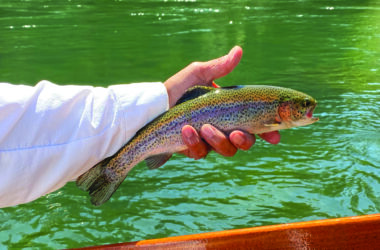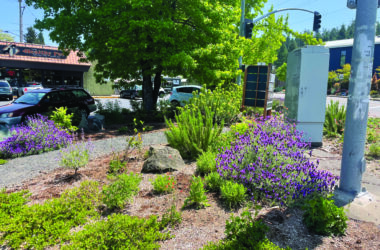I’ll leave it to my readers to determine the cause, whether our changing climate is the result of a cycle or human activities. There is no doubt, however, that our climate is warming.
The warming has become so acute that according to climatologists the number of days we now experience temperatures above 90 degrees has jumped from a historical average of 12 to 17 days per year to an average of 25 to 40 days annually.
We also know from the Department of Agriculture that the western states of our country have warmed at about twice the rate of eastern states. Since 1895, the average growing season in the west has increased by 2.2 days per decade – the east’s growing season has only increased by about one day during the same period.
Since 2000, the southern Willamette Valley had nine of the 13 hottest days in local history. We had the hottest summer in history in 2021, followed by ’22 with the highest annual average temperature ever at 54 degrees. An average temperature that regularly generates more days above 80 degrees than ever, too.
Another telling indicator of our warming climate is the fact that Cascade snowpacks have diminished by about 20% in the north and as you work down the chain, by as much as 35%. If you happen to be in the ski industry, you are painfully aware that the industry has lost billions of dollars in recent years, that the ski season is getting shorter, and in another 20 years a “Cascade snowpack” could become a relic of history, preserved only in photos.
In the April 4 edition of The Chronicle I spoke to the now pending cutbacks by the Army Corps of Engineers for hatchery funding and trout production to our local ODFW district for 2025. The article has a lot of information about the Army Corps’ own funding of their current plans and I would encourage you to seek that out. I also alluded to the fact that the Oregon Department of Fish and Wildlife, in particular our local district, also is facing other challenges that likely will be exacerbated by the fact that our region is warming.
More challenges ahead
For decades the water that flows through the hatcheries on the McKenzie River had maintained a temperature of about 58 degrees or lower, until recent years where the water discharges have been surpassing 60 degrees on many summer days and in violation of Oregon’s water quality regulations.
That made the Department the target of several environmental groups that mounted a successful litigation against the Department. As a result of the lawsuit, the ODFW will have to curtail, at least temporarily, operations at the Leaburg Hatchery that produces trout and at the McKenzie River Hatchery that produces hatchery spring chinook salmon.
This year by June 1, the court has ordered the ODFW to dewater both hatcheries. Most immediately, the ODFW is preparing to move all the fish at both hatcheries to the Willamette Hatchery in Oakridge. Department officials said that, with some modifications to both hatcheries, operations could bring those temperatures into compliance for 2026.
Losing the convenience of having the Leaburg Hatchery right on the bank of the McKenzie River will be significant. The fish will have to be trucked all the way from Oakridge to Blue River about every other week. The American Transportation Research Institute said that the cost of running a tanker-style truck is about $5.50 per mile plus fuel, but given the specialized nature of a hatchery truck it could be higher.
Email: [email protected]








